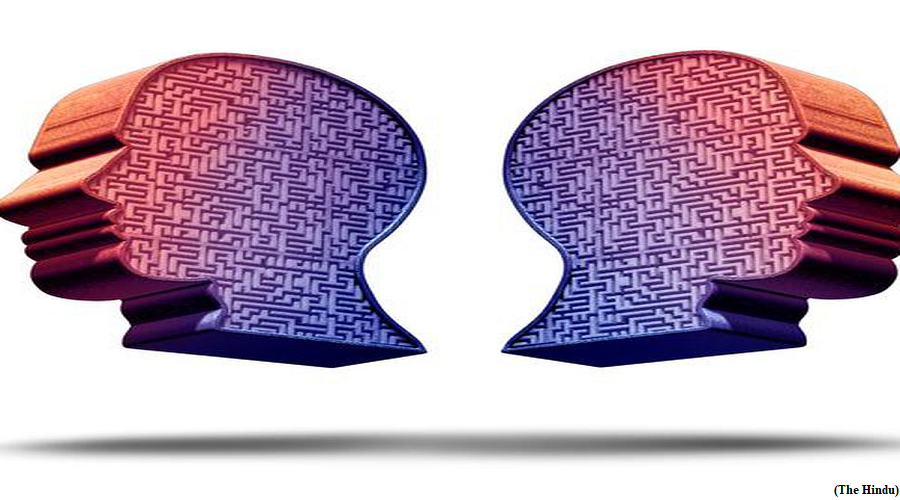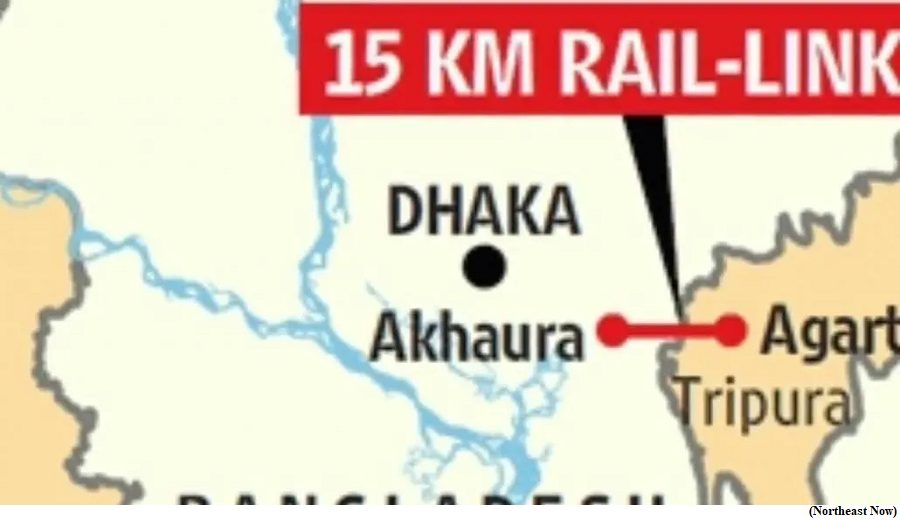Why has the govt. issued a directive on deepfakes (GS Paper 3, Science and Technology)

Why in news?
- Recently, the Indian government instructed “social media intermediaries” to remove morphed videos or deepfakes from their platforms within 24 hours of a complaint being filed, in accordance with a requirement outlined in the IT Rules 2021.
- The instructions came as deepfake videos of actors Rashmika Mandanna and Katrina Kaif surfaced online within the span of one week.
What are deepfakes?
- Deepfakes have been around since 2017 and refer to videos, audios or images created using a form of artificial intelligence called deep learning.
- The term became popular when a Reddit contributor used publicly available AI-driven software to impose the faces of celebrities onto the bodies of people in pornographic videos.
- Fast forward to 2023, deepfake tech, with the help of AI tools, allows semi and unskilled individuals to create fake content with morphed audio-visual clips and images.
- Researchers have observed a 230% increase in deepfake usage by cybercriminals and scammers, and have predicted the technology would replace phishing in a couple of years.
How does deepfake technology work?
- The technology involves modifying or creating images and videos using a machine learning technique called Generative Adversarial Network (GAN).
- The AI-driven software detects and learns the subjects’ movements and facial expressions from the source material and then duplicates these in another video or image.
- To ensure that the deepfake created is as close to real as possible, creators use a large database of source images. This is why more deepfake videos are created of public figures, celebrities and politicians.
- The dataset is then used by one software to create a fake video, while a second software is used to detect signs of forgery in it.
- Through the collaborative work of the two software, the fake video is rendered until the second software package can no longer detect the forgery. This is known as “unsupervised learning”, when machine-language models teach themselves.
- The method makes it difficult for other software to identify deepfakes.
What do laws in India say about deepfakes?
- India’s IT Rules, 2021 require that all content reported to be fake or produced using deep fake be taken down by intermediary platforms within 36 hours.
- The Indian IT ministry has also issued notices to social media platforms stating that impersonating online was illegal under Section 66D of the Information Technology Act of 2000.
- The IT Rules, 2021, also prohibit hosting any content that impersonates another person and requires social media firms to take down artificially morphed images when alerted.
Why do people create deepfake content?
- The technology could potentially be used to incite political violence, sabotage elections, unsettle diplomatic relations, and spread misinformation.
- This technology can also be used to humiliate and blackmail people or attack organisations by presenting false evidence. However, deepfakes have positive usages as well.
- The technology has been used by the ALS Association in collaboration with a company to use voice-cloning technology to help people with ALS digitally recreate their voices in the future.
How have other countries reacted?
- The EU has issued guidelines for the creation of an independent network of fact-checkers to help analyse the sources and processes of content creation.
- The U.S. has also introduced the bipartisan Deepfake Task Force Act to counter deepfake technology.
The Agartala-Akhaura rail link
(GS Paper 3, Infrastructure)
Why in news?
- Recently, Indian Prime Minister and his Bangladeshi counterpart virtually inaugurated the rail link between Agartala and Akhaura (in Bangladesh).
- It serves to re-establish connectivity between Bangladesh and India’s northeast through Tripura.

What is the rail link about?
- The 12.24 km long rail line constituting of about 6.78 km dual gauge rail line in Bangladesh and 5.46 km in Tripura, would link the latter to Akhaura in its immediate neighbourhood and thereby, its broader rail network.
- Nischintapur in West Tripura would serve as the international immigration station, that is, provide facilities to process immigration-related scrutiny for passengers.
- Additionally, in September, the Central Board of Indirect Taxes and Customs (CBIC) had declared Nischintapur as a Land Customs Station (LCS). It refers to any notified place meant for the clearance of goods imported or to be exported by land or inland water.
- Other than the international transit, once completely operational, the project would also reduce the travel time between Agartala and Kolkata from about 31 hours at present to 10 hours.
- The existing commute distance between the two cities is 1,581 km and a requires a re-route via Guwahati and Lumding in Assam. This would be curtailed to 460 km.
Act East Policy:
- The project also is in continued adherence to the Central government’s ‘Act East Policy’ and ‘Neighbourhood First Policy’.
- As was pointed out by the Northeast Frontier Railway (NFR) earlier, it would help the growth of small-scale industries in the border area, boost tourism in Northeast India and more importantly, help local producers with quicker import and export of items.
How many connectivity routes are operational now?
- As of now, five broad gauge connectivity routes are operational entailing links with Bangladesh – all of them from West Bengal.
- These include Gede railway station (West Bengal) to Darsana (Bangladesh), Benapole to Petrapole (West Bengal), Singhabad (West Bengal) to Rohanpur, Radhikapur (West Bengal) to Birol and Haldibari (West Bengal) to Chilahati. Work is underway to connect Mahihasan railway station in Assam to Shahbazpur in Bangladesh.
- The MoU for the Agartala-Akhaura rail link was signed in 2010 during Ms. Hasina’s visit to India.
- Trade between the two countries have been on a consistent growth trajectory.
- There is an interchange of close to 100 cargo trains per month and approximately 2.66 metric tonnes were sent to Bangladesh in the previous financial year.
- The major commodities of export include stone, food grains, China clay, gypsum, maize, onion and other essential items, as and when required, from India.
- As for people-to-people ties, it is facilitated by three passenger trains, namely, Kolkata-Dhaka Maitree Express, Kolkata-Khulna Bandhan Express and New Jalpaiguri-Dhaka Mitali Express.



